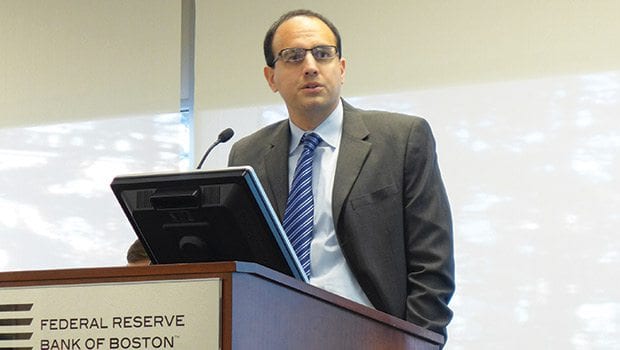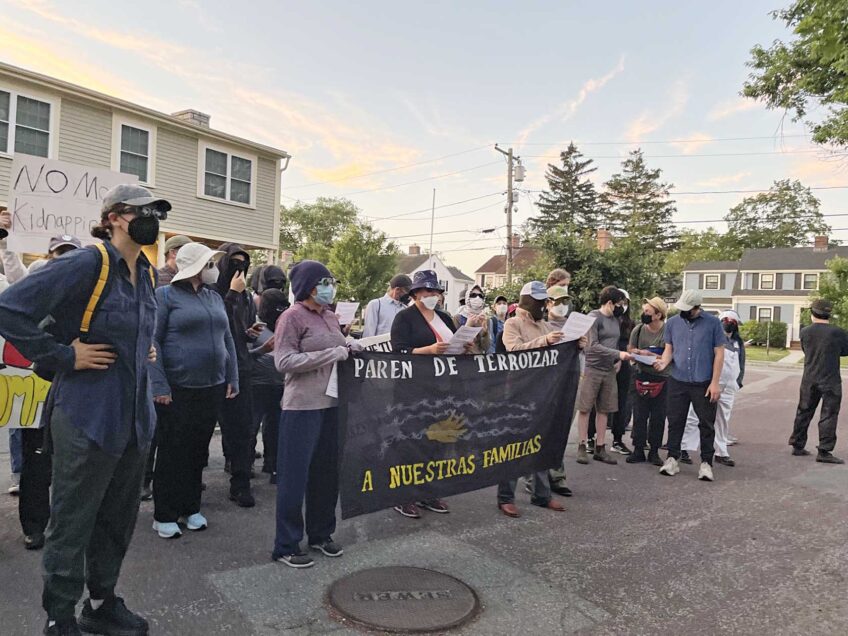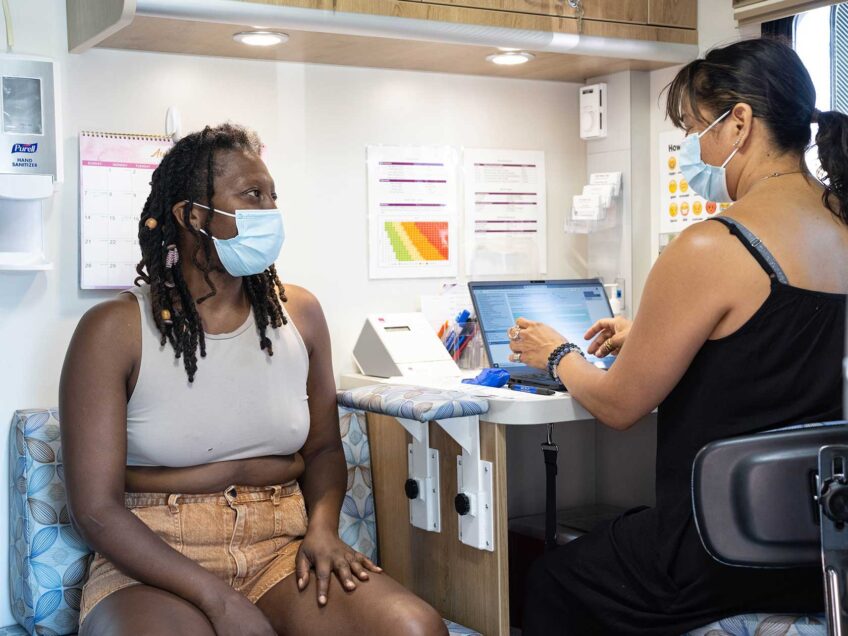Low demand for charters among low-income
Researchers examine school selection, reforms and effects

Despite the fanfare, there is surprisingly low demand in Boston for charter schools among the populations that may benefit from them most, said one researcher at an education reform conference on Monday.
Presenters at “Leveraging Research and Policy to Improve K-12 Education in Massachusetts” examined factors behind school selection choice and shared reform lessons learned over the years.
The conference was held at the Federal Reserve Bank of Boston and organized by the FRB Boston and the MIT School Effectiveness and Inequality Initiative.
Who chooses charters?
Surprisingly few of Boston students apply to charter middle schools, noted Christopher Walters, assistant professor of economics at the University of California, Berkley. Walters also is a research associate at the MIT SEII and faculty research fellow for the National Bureau of Economic Research.
He examined four cohorts of fourth-grade students between 2006-2009 and their later grade 6-8 MCAS scores.
Approximately 18 percent of the students applied to charter middle schools, and only 5 percent applied to more than one, Walters said. About 12 percent were offered seats, and 11 percent ended up enrolling.
“Overall, the demand for charter schools is surprisingly weak in Boston,” he said.
The demand for charters has increased some in recent years. Thirty-three percent of Boston’s rising grade 6 students applied to charters for SY2012-2013, according to Parag Pathak, professor of economics at MIT, co-director of NBER and founding co-director of MIT’s School of Effectiveness and Inequality Initiative
High effect, low demand
The benefits of a charter school environment were the greatest for poorer and struggling students, Walters said.
Students with below average test scores and students who were eligible for subsidized lunch experienced the most dramatic increase in test performance, he found.
These also were the students who were least likely to submit enrollment applications.
“Higher-achieving, less-disadvantaged students have the strongest preferences for charter schools, but charters are most effective for poor students and those with low previous achievement,” he wrote in a 2012 paper.
Boston is considering implementing a unified enrollment system, in which students apply to charter and district schools through the same process. Such a system could bring more of the most affected demographics into charter schools, Walters said.
Contrary to the application trend were black students, who, Walters said, were disproportionately likely to apply and had strong academic gains.
Distance matters
Test scores may not be the only factor driving school selection.
A major influencer in charter applications seemed to be location, said Walters. Students who lived closer to charter schools were significantly more likely to seek enrollment.
“Students who live furthest apply about half as often as students who live close. The implication is if a charter opens on my doorstep, I’m more likely to apply.”
This may suggest that if the cap on charter schools is raised, applications will rise as well.
Also surprising: Boston families do not put as many tier 1 and tier 2 schools on their school enrollment application as they could, Pathak noted. Tier 1 and 2 schools are those regarded by the Boston Public Schools system as highest performing, based on MCAS performance and improvement.
“Many families could have ranked a tier 1 or tier 2 school but chose not to,” Pathak said. He added that this raises the question of whether parents find these schools too far away or do not feel the tier ranking is relevant.
“The demand for schools is complex,” cautioned Rahn Dorsey, Boston’s chief of education. Many drivers of parental choices may not be easily visible to researchers, he said.
Dorsey noted that factors such as the schools’ offerings of art programs and services, political opinions on charter versus district schools, start time, school climate and reputation in the community may contribute to application choices.
School improvement steps
A presenter pointed out that there are a variety of fixes that schools — charter or district — could implement to narrow achievement gaps.
Roland Fryer Jr., professor of economics at Harvard University and director of the Education Innovation Laboratory, said that educational research from the past decade — including 200 field studies and his own research — identified several interventions that carry significant effects.
Among these were a higher level of feedback provided to teachers, use of data to adjust the pace and scope of instruction, increased instruction time — especially longer school years — and high expectations of the students. Also effective: tutoring offered to small groups of students four or more days a week.
School characteristics like class size, per pupil expenditure and whether or not teachers have advanced degrees were not useful predictors for a school’s effectiveness, Fryer said.
Drawing on his reform experience with 20 of the lowest performing schools in Houston, Texas, Fryer said results included improvements on math and reading “comparable to reported impacts of attending high-performing charter schools.”
However, there are barriers to disseminating to other schools the strategies that were so effective in Houston. Chief among them, he said, is administrators’ fear of pushback and loss of popularity if they enact major changes.
“It’s not that [administrators] don’t know what needs to be done,” he said. “It’s getting [the changes] through politically that seems to be very difficult.”






